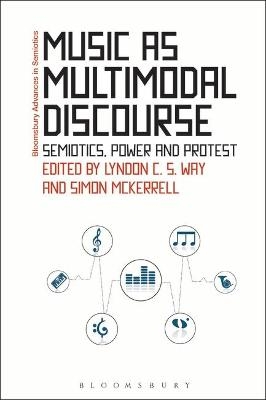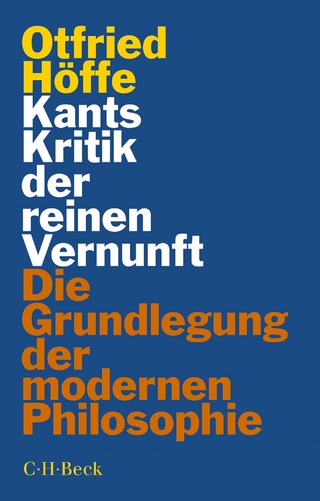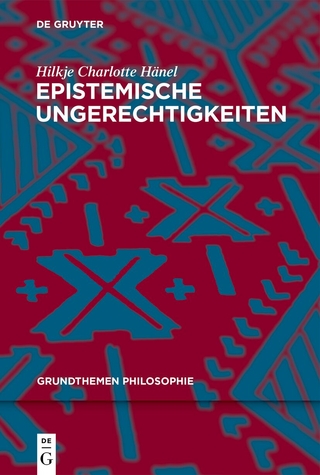
Music as Multimodal Discourse
Bloomsbury Academic (Verlag)
978-1-350-07986-1 (ISBN)
Music as Multimodal Discourse: Semiotics, Power and Protest considers musical sound as multimodal communication, examining the interacting meaning potential of sonic aspects such as rhythm, instrumentation, pitch, tonality, melody and their interrelationships with text, image and other modes, drawing upon, and extending the conceptual territory of social semiotics. In so doing, this book brings together research from scholars to explore questions around how we communicate through musical discourse, and in the discourses of music. Methods in this collection are drawn from Critical Discourse Analysis, Social Semiotics and Music Studies to expose both the function and semiotic potential of the various modes used in songs and other musical texts. These analyses reveal how each mode works in various contexts from around the world often articulating counter-hegemonic and subversive discourses of identity and belonging.
Lyndon C. S. Way is Associate Professor of media and communications at Izmir University of Economics, Turkey Simon McKerrell is Senior Lecturer & Head of Music at Newcastle University, UK
List of Figures
List of Tables
List of Contributors
Preface
Acknowledgements
1. Understanding Music as Multimodal Discourse, Simon McKerrell (Newcastle University, UK) and Lyndon C. S. Way (Izmir University of Economics, Turkey)
2. The Role of Music in Ridiculing the Working Classes in Reality Television, Göran Eriksson and David Machin (Örebro University, Sweden)
3. ‘Shame Makes the World Go Around’: Performed and Embodied (Gendered) Class Disgust in Morrissey’s ‘Slum Mums’, Aileen Dillane, Martin J. Power and Eoin Devereux (University of Limerick, Ireland)
4. Recontextualization and Fascist Music, John E. Richardson (Loughborough University, UK)
5. Authenticity and Subversion: Protest Music Videos’ Struggle with countercultural Politics and Authenticity, Lyndon C. S. Way (Izmir University of Economics, Turkey)
6. Sonic Logos, Theo van Leeuwen (University of Technology Sydney, Australia)
7. ‘If You Have Nothing To Say – Sing It!’: On the Interplay of Music, Voice and Lyrics in the Advertising Jingle, Johnny Wingstedt (Dalarna University, Sweden)
8. When the Fairy Tale Is Over: An Analysis of Songs and Institutional Discourse against Domestic Violence in Spain, Laura Filardo-Llamas (University of Valladolid, Spain)
9. Indigenous Hip Hop as Anti-colonial Discourse in Guatemala, Rusty Barrett (University of Kentucky, USA)
10. Song, Sonic Metaphor, and Countercultural Discourse in British Folk-rock Recordings, Matthew Ord (Newcastle University, UK)
Index
| Erscheinungsdatum | 19.09.2018 |
|---|---|
| Reihe/Serie | Bloomsbury Advances in Semiotics |
| Verlagsort | London |
| Sprache | englisch |
| Maße | 156 x 234 mm |
| Gewicht | 358 g |
| Themenwelt | Kunst / Musik / Theater ► Musik |
| Geisteswissenschaften ► Philosophie ► Erkenntnistheorie / Wissenschaftstheorie | |
| Geisteswissenschaften ► Sprach- / Literaturwissenschaft ► Sprachwissenschaft | |
| Sozialwissenschaften | |
| ISBN-10 | 1-350-07986-3 / 1350079863 |
| ISBN-13 | 978-1-350-07986-1 / 9781350079861 |
| Zustand | Neuware |
| Informationen gemäß Produktsicherheitsverordnung (GPSR) | |
| Haben Sie eine Frage zum Produkt? |
aus dem Bereich

![Was heißt Denken?. Vorlesung Wintersemester 1951/52. [Was bedeutet das alles?] - Martin Heidegger](/media/113619842)
